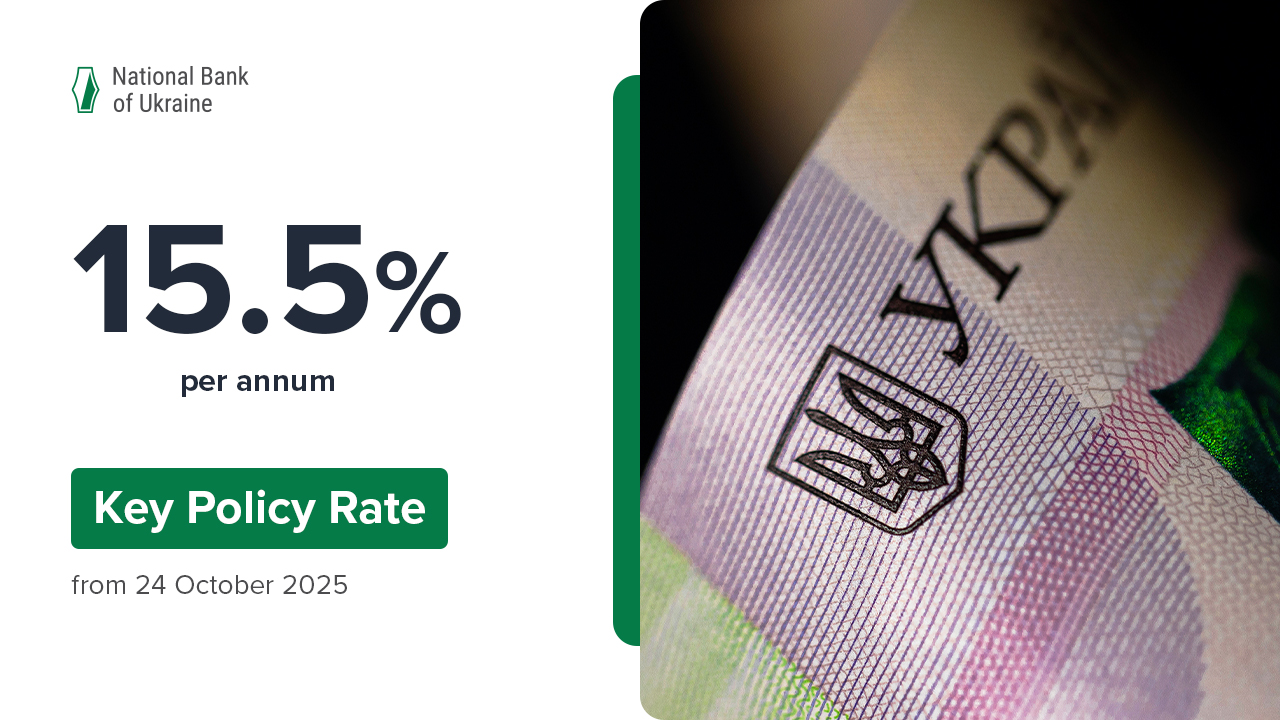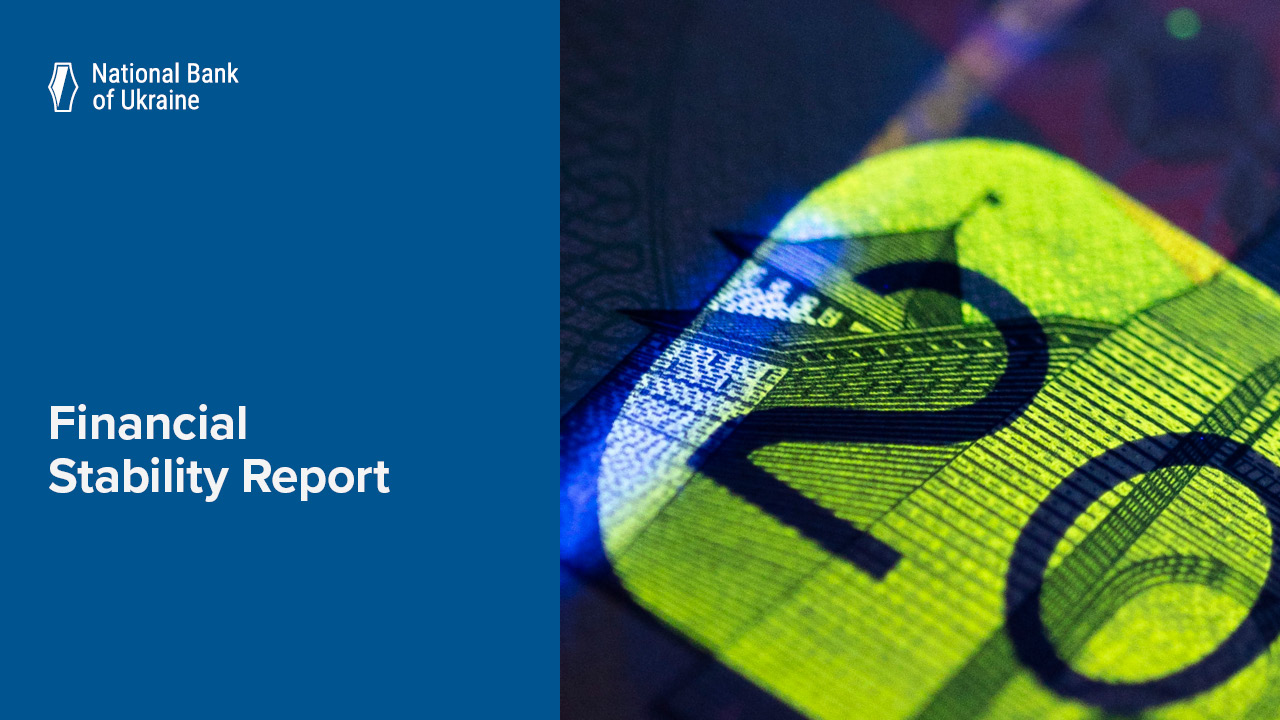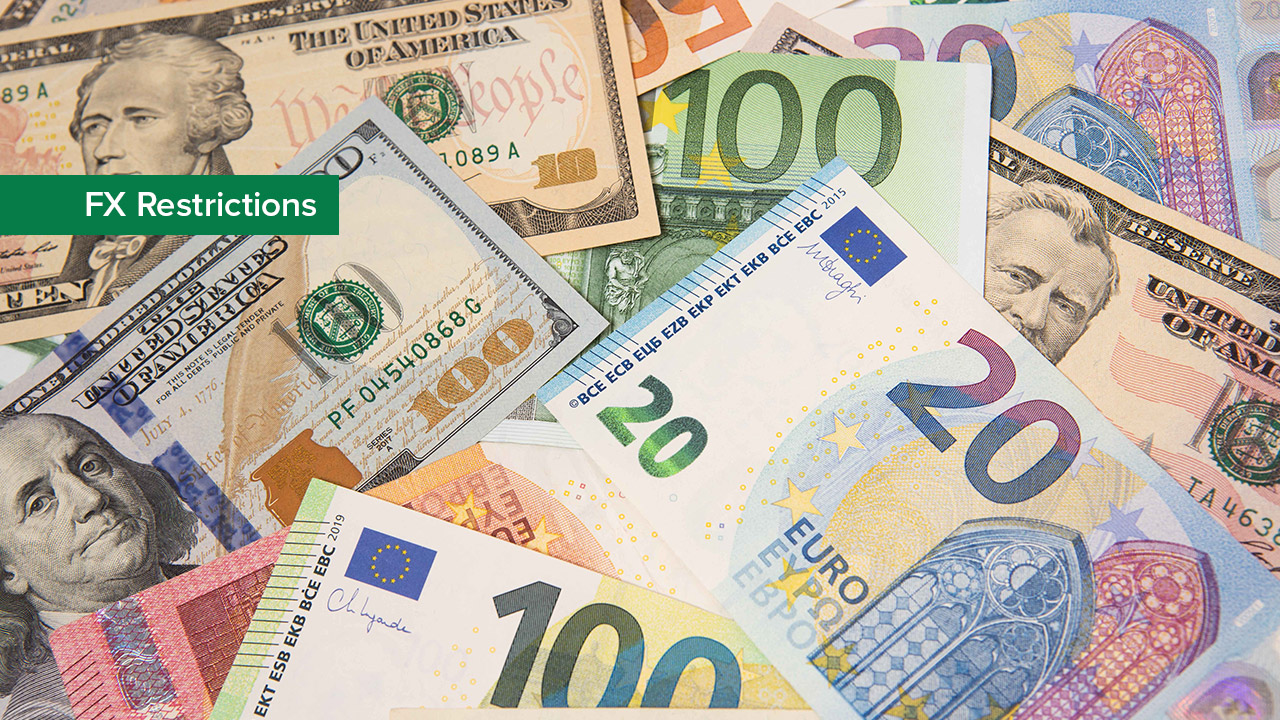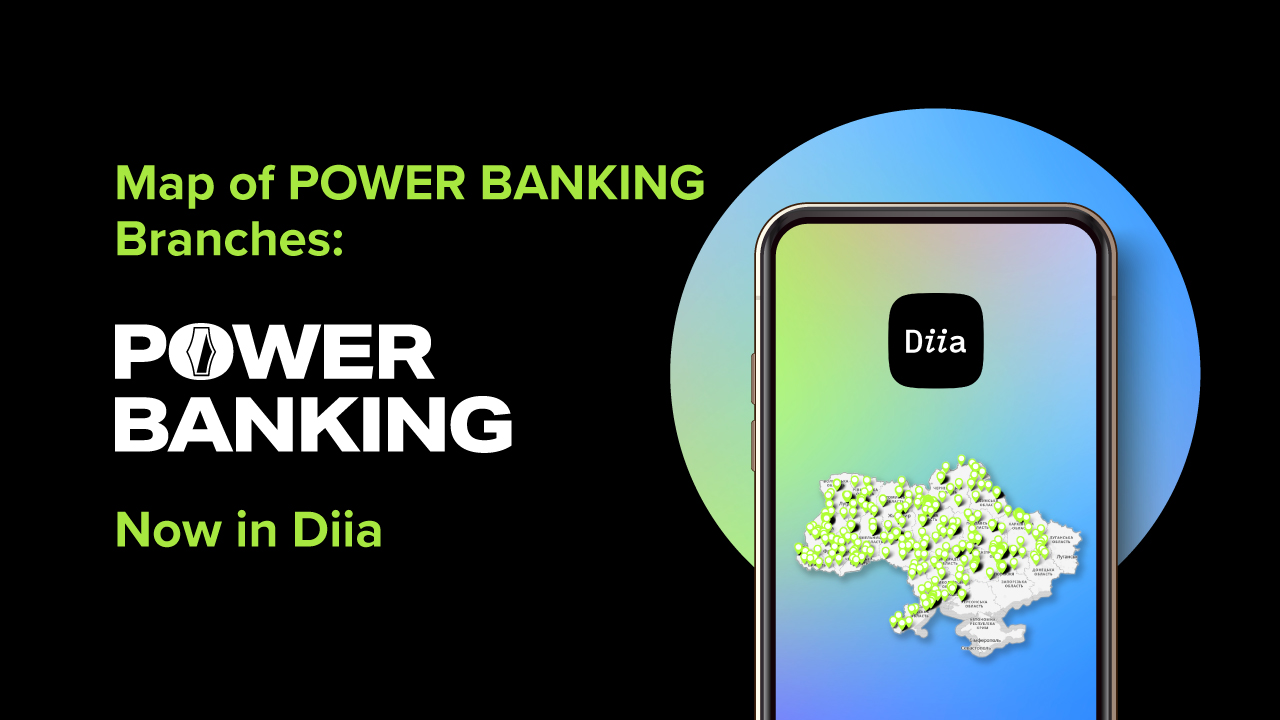Speaking in the Verkhovna Rada today, Governor of the National Bank of Ukraine said that the main objective reasons behind the instability in the foreign exchange market were hostilities in the east of the country, and a contraction in the business driven by the volatile behavior of economic indicators, specifically, that of inflation, a fall in GDP, as well as expectations of stiff sanctions that could have an adverse impact on the economy.
Among the subjective reasons, Ms Valeriia Gontareva mentioned attempts to foment panic among the public and businesses, as well as an appetite for quick profits shown by some foreign exchange market players.
In addition, according to her, negative expectations of foreign exchange market players are amplified by provocative statements made by some politicians about the possible outbreak of a full-scale war with Russia. These expectations, overall tensions, and the erratic behavior of macroeconomic fundamentals add further pressure on the exchange rate.
Ms Valeriia Gontareva reminded that under the Stand-By Arrangement Ukraine had undertaken to maintain a flexible exchange rate regime and adopt inflation targeting, thereby limiting the possibility for the regulator to conduct foreign exchange interventions.
She noted that as part of its obligations under the Stand-By Arrangement Ukraine had also undertaken to maintain the international reserves at the required minimum level.
“Nevertheless, a flexible exchange rate regime does not mean letting the exchange rate plunge uncontrollably. In the past seven days, the National Bank of Ukraine has intervened in the foreign exchange market three times in order to stabilize it. The regulator has conducted interventions based on the market-determined exchange rate rather than the fixed exchange rate, and calmed the panic-driven behavior of market players. Over the past seven days, the National Bank has sold USD 150 million and intends to keep on carrying out foreign exchange interventions,” emphasized the Governor of the National Bank of Ukraine.
According to the central bank's estimates, even taking the losses incurred by Ukraine due to the military operation into account, the equilibrium exchange rate should stay within a range of UAH 11.50-11.90 per USD 1.
“It is obvious that there are no economic factors underlying the rate of UAH 13 per USD 1 or UAH 13.5 per USD 1. This can only be attributed to the panic-driven market sentiment. Everybody is aware of the fact that the exchange rate has deviated from its equilibrium,” emphasized Ms Valeriia Gontareva.
Ms Valeriia Gontareva pointed out that even the exchange rate of UAH 11.70 per USD 1 recorded in the second quarter of 2014 made it possible to narrow the current account deficit significantly and virtually bring the balance of payments back toward equilibrium. What is more, Ukraine is due to receive a loan worth USD 500 million from the World Bank and an installment worth USD 1.45 billion from the International Monetary Fund, which would enable it to run a balance of payments surplus in August 2014.
“The National Bank is not going to withdraw from the foreign exchange market and it will make every possible effort to stabilize the exchange rate at its equilibrium level,” said Ms Valeriia Gontareva.
She emphasized that if market-based mechanisms failed to work, the regulator would apply tough administrative measures against market players during the period of counter-terrorism operation.
“I advocate market-based measures. However, we discuss a toolkit of administrative measures with experts from the International Monetary Fund and receive constructive support from them,” said Ms Valeriia Gontareva.







